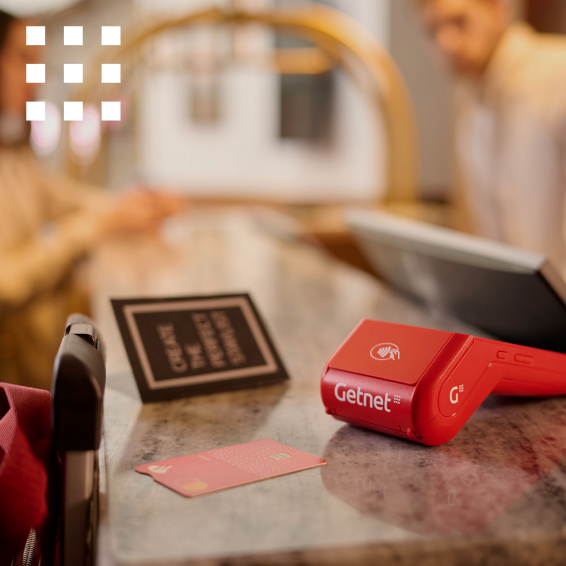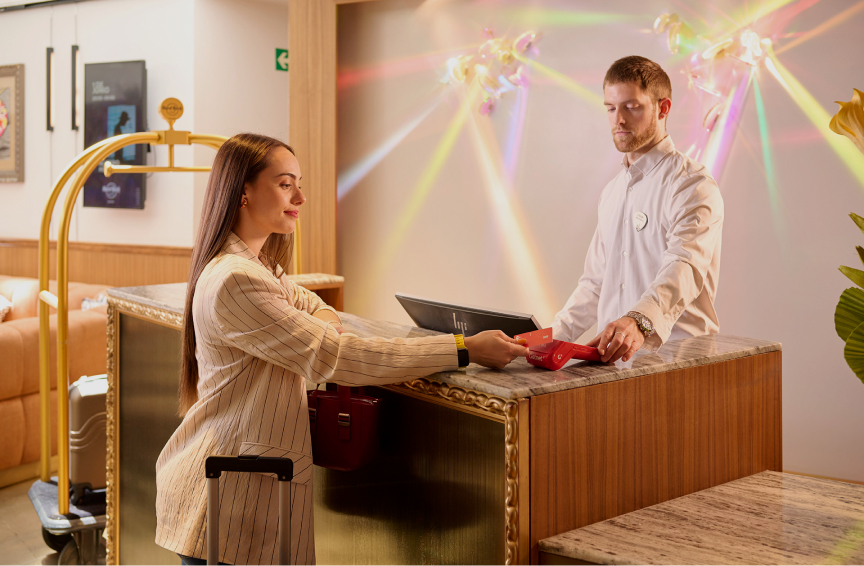The role payments play in elevating travel and tourism
The role payments play in elevating travel and tourism


Payments can make or break a travel experience. In fact, approximately 80% of customers abandon their booking on travel websites and failed payments, or lack of flexible payment options, are key reasons for this.
In recent years payment expectations have increased, with tourists now demanding that transactions are as quick and seamless when travelling as they are in their home country.
In this blog, we’ll explore the importance of digital payment adoption for hotels, travel companies and local businesses in tourist hotspots. We’ll also delve into the payment technologies transforming travel experiences across Latin America, Spain and Portugal
Digital payments act as frictionless frontiers
These digital payments have reduced friction points that traditionally discouraged or hindered the travel experience. Rather than needing to pre-plan and make sure that they have enough cash, tourists can now pay for transportation and book last minute travel experiences in seconds, both online and in-person. Physical interaction and wait times at the front desks of hotels and airports has also been minimised by enabling customers to pay in advance via websites or mobile apps.
Some payment methods, such as digital wallets, (like Apple Pay, Google Pay, and PayPal), also enable travellers to easily keep track of their spending with easy-to-access transaction history and real-time notifications. This enables travellers to better manage budgets. Digital wallets often use tokenization as part of their security infrastructure. This is where sensitive data (like credit card numbers) is replaced with non-sensitive tokens. These tokens are stored in cloud servers and can only be mapped back to the original data by authorised systems. Payment innovations like this enable today’s tourists to enjoy a smooth, stress-free travel experience from start to finish.
The value of traveling globally and paying locally
Eliminating currency conversion barriers has also significantly elevated the tourism experience in recent years. Gone are the days of hunting for the best rate at a currency exchange office. Mobile payment apps and international digital wallets, such as PayPal or Google Pay, enable tourists to pay in local currencies instantly. These platforms use real-time exchange rates, APIs and minimal-fee routing protocols to give tourists the best payment experience.
Dynamic Currency Conversion (DCC) has further revolutionised how travellers handle money aboard. This service gives travellers the choice to conduct transactions in their home currency, whether withdrawing money from an ATM, or making a payment at a POS terminal. According to research, 85% of consumers value the clarity DCC offers on purchase costs. As such, merchants in tourism hotspots should consider implementing this offering to help drive revenue and meet customer demand.


Notable solutions and services transforming travel and tourism
Innovative payment technologies are breaking down financial barriers and making travel and tourism more accessible than ever before. For example, Buy Now Pay Later (BNPL) has swept across the globe, with consumers eagerly adopting the solution due to its flexibility. In Spain, the BNPL market is expected to grow by 11.6% this year, to reach $8.91 billion. This growth is replicated in Argentina, where the BNPL market is set to grow by 32.9% on an annual basis. The key driver of demand is that BNPL leverages advanced financial modelling so customers can split travel costs into more manageable, monthly payments – ideal for budget-conscious consumers wanting to avoid paying a lump-sum upfront.
Subscription-based payments have revolutionised entertainment, retail and marketplaces in recent years. In fact, the average Latin American consumer now spends around $444 a year on subscriptions. Subscription-based travel services are also gaining momentum globally, including airline memberships and all-inclusive hotel packages. Research shows that 35% of travellers would consider signing up for a travel subscription program in future, with the top reasons for this being convenience (49%) and affordability (42%).
Research shows that 35% of travellers would consider signing up for a travel subscription program in future
Further, embedded financial solutions are transforming the tourism experience by seamlessly integrating payments with travel platforms – allowing customers to pay for hotel or restaurant bookings, for example, without leaving the original businesses website or app. With 80% of people globally stating it’s important to be able to book their trips entirely online, these frictionless, embedded services are vital to elevating the travel experience.
Payments are powering secure, streamlined travel
Today’s travellers don’t just have to contend with pickpockets or credit card theft, but also online threats that can be harder to spot. Security has become a fundamental expectation for travellers, and businesses have risen to the challenge by implementing emerging payment technologies.
One example of a technology being leveraged to protect people's payments while they travel is biometric authentication. This advanced technology goes beyond traditional security measures, using physical characteristics like fingerprints, facial recognition and even voice authentication to protect transactions.
In Spain, almost half of consumers (47%) feel safer using biometrics to protect their information and data compared to traditional methods, with more than a third (36%) planning to adopt biometric payment solutions in the next five years. There is a similar sentiment in Latin America, where 85% of respondents prefer using biometric authentication for online transactions.
AI has also been a critical in financial protection in recent years, able to identify payment anomalies in real-time and provide transaction monitoring using advanced machine learning (ML) models. When implemented correctly, travel and tourism businesses can use AI systems to detect unusual spending patterns, geographic inconsistencies and potential signs of fraud in seconds. These systems can immediately send automated alerts to consumers via text, email, or mobile app notifications when suspicious activity is detected, empowering travellers to verify transactions and take quick action to prevent fraud before it escalates.
With improved payment security, travellers can explore the world with confidence and focus on what truly matters – enjoyment, exploration and relaxation.
What’s on the horizon?
In Latin America, the travel and tourism market size is expected to reach over $151 billion by 2030. In the nearer future, tourism is projected to represent 13.3% of the total economy in Spain and generate a revenue of $2.61 billion in Portugal by the end of this year. This growth has undoubtedly been driven by the development and adoption of payments in the sector - improving traveller’s experiences and enabling businesses to drive further revenue. As payment technologies continue to develop, we’ll see the tourism experience in these regions elevated to even higher heights.

